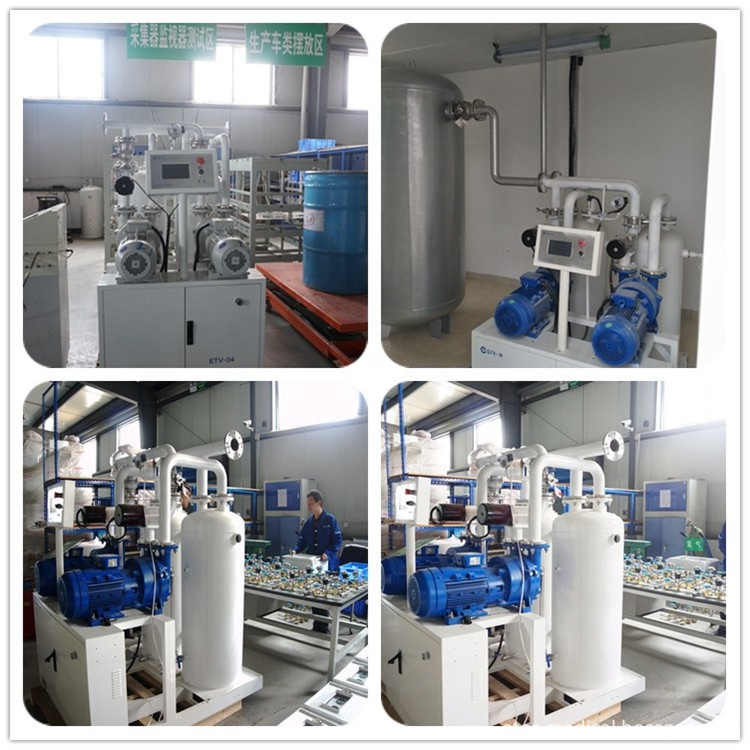Eggs and chicken are common poultry products on the table of the common people. Nowadays people are demanding more pollution-free and green foods, and they are more and more important to the chicken farmers. How to produce green chicken products, reduce feeding costs, and expand profits are urgently needed knowledge. The key techniques for breeding green shell laying hens are as follows:
(1) Construction of a chicken house
The house was built in a sunny, ventilated place. A light-absorbing window of 70 cm x 120 cm was opened every 3 m before and after the house. Indoors can be placed on one side of the habitat, drinking fountains, troughs. On the side of the sunny side, a small gate measuring 160 centimeters in height and 70 centimeters in width was opened, and a sports ground with sand was set outside the door. (2) Incubation
Eggs weighing more than 40 grams were selected as hatching eggs and hatched. Green shell layer hatching technical requirements:
1 temperature and humidity
Incubation in batches should be incubated at constant temperature. Each batch of eggs is required to be placed at intervals, and the hatching eggs should be placed on the egg trays. Incubation l-18 days, hatching machine (egg surface temperature) in winter 37. 8C, summer 37. 5C is appropriate. Incubation to the hatching machine on the 19th day, eggs pay attention to flat, the temperature inside the winter 37. 2C, summer 37C is appropriate. Relative humidity is 60% for l-18 days and 70% for 19-21 days.
2 turn the egg
Turn the egg every 2 hours at an angle of 90 degrees.
8 hatching
Hatching usually begins on the 20th day. The basic hatching completed in 21 days.
4 disinfection
The eggs must be sterilized 30 minutes after birth and before hatching. After completion of hatching, disinfect 1 time and use common formalin fumigation or 100% poisonous spray disinfection.
(3) Nutrition and Feeding of Green Shell Layers
The nutrient requirements for the green shell layers are as follows: 10% crude protein in chick diets, 15% crude protein in young chickens, and 17% crude protein in chickens. The hatching period is within 30 days of hatching. The key to this period is heat preservation. The temperature is maintained at about 33°C within 3 days after shelling, and 2C is lowered every 7 days thereafter. The principle is to distribute chicks evenly around the heat source. After drinking water, start eating and feed the full-price chicks throughout the day, feeding 4-6 times a day. Breeding period also pay attention to ventilation. Density is generally 10 days old, 40 - 50 per square meter; 20 days old, 30 per square meter; 30 days old, 20 per square meter. The body weight of 140-day-old hens is generally controlled at about 1 kg and the weight of the cock is about 2 kg. At the age of 140 days, the young chicken's feed was changed to the full-price egg-laying chicken feed, and water-soluble multidimensional water was added to the drinking water. Farmers can feed some green vegetables or grasses, and the general amount is about 20% of the total feed, but they are not mixed into the dry feed. The requirements for egg production are: 16 hours per day in the pre-opening period and egg production peaks of 16 - 17.5 hours per day. The chicken feed consumption during egg production is about 85 grams per day. Pay attention to the regular feeding of medium and coarse grains with a dosage of 6-7 kg per 1,000 chickens. Each breed of green shell layer chickens can raise 100 - 200 eggs. In addition to restricting the rearing of breeding chickens, there are conditions to limit the light, the best 55 days after the light for 8 hours a day. Kinds of hen houses can be equipped with nest boxes, rectangular egg production pools made of wood, and fine sand, keeping the environment quiet and dry.
(4) Prevention and treatment of diseases
Disease prevention runs through the entire green shell laying process. To prevent Salmonella, E. coli and other bacterial diseases, the preferred drug is enrofloxacin. Add 100 kg of water to a 100% solution of 10% solution to allow chickens to freely drink water. In addition, drugs such as tylosin and doxycycline are used to prevent respiratory diseases such as mycoplasma and mycoplasma. Often use 100 to kill and other disinfection. Care should be taken to prevent coccidiosis before and after 20 days of age. 7 - 10 days old chicken Newcastle disease vaccine and chicken pox vaccine. At the age of 12 to 14 days, chicken bursal vaccine vaccine is the first choice for drinking water. Breeders should take preventive measures against inactivated vaccines such as Newcastle disease, bursa of Fabricius, infectious bronchitis and egg drop syndrome, according to the local chicken immunity program. Formulated.
Cabinet Vacuum Suction Unit
ETR has independently developed an integrated vacuum pump unit composed of a water-ring vacuum pump, a gas-water separator, a vacuum solenoid valve, pipe fittings and an electrical control system. It is a simple, safe and reliable device that continuously serves the wards all day long, without occupying the ward space. The negative pressure is sourced from the vacuum pump unit.

Cabinet Vacuum Suction Unit,Central Suction Station,Negative Pressure Suction Unit,Negative Pressure Suction Station
Hunan Eter Medical Co., Ltd. , https://www.eter-tech.com